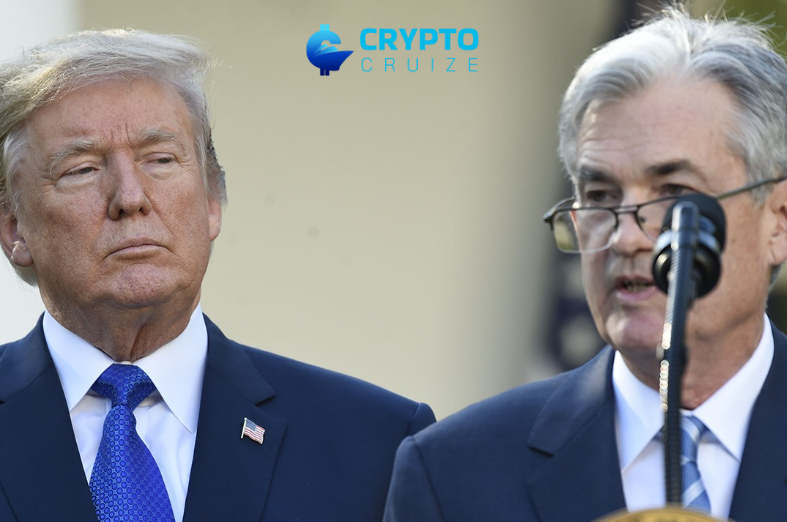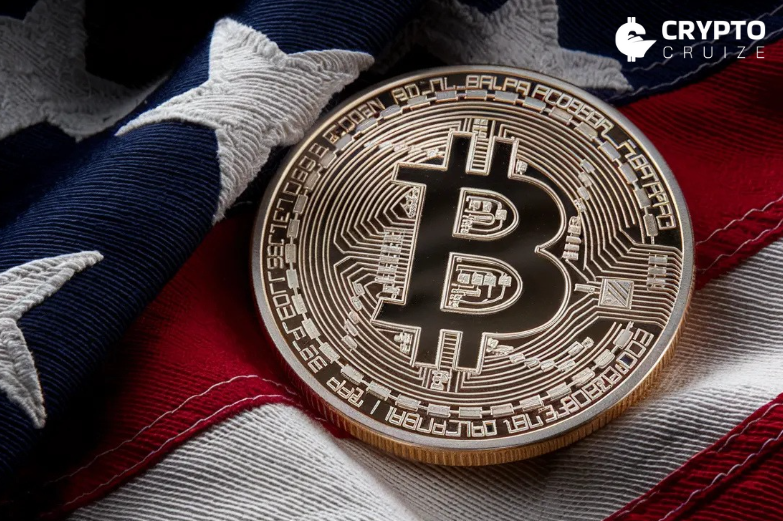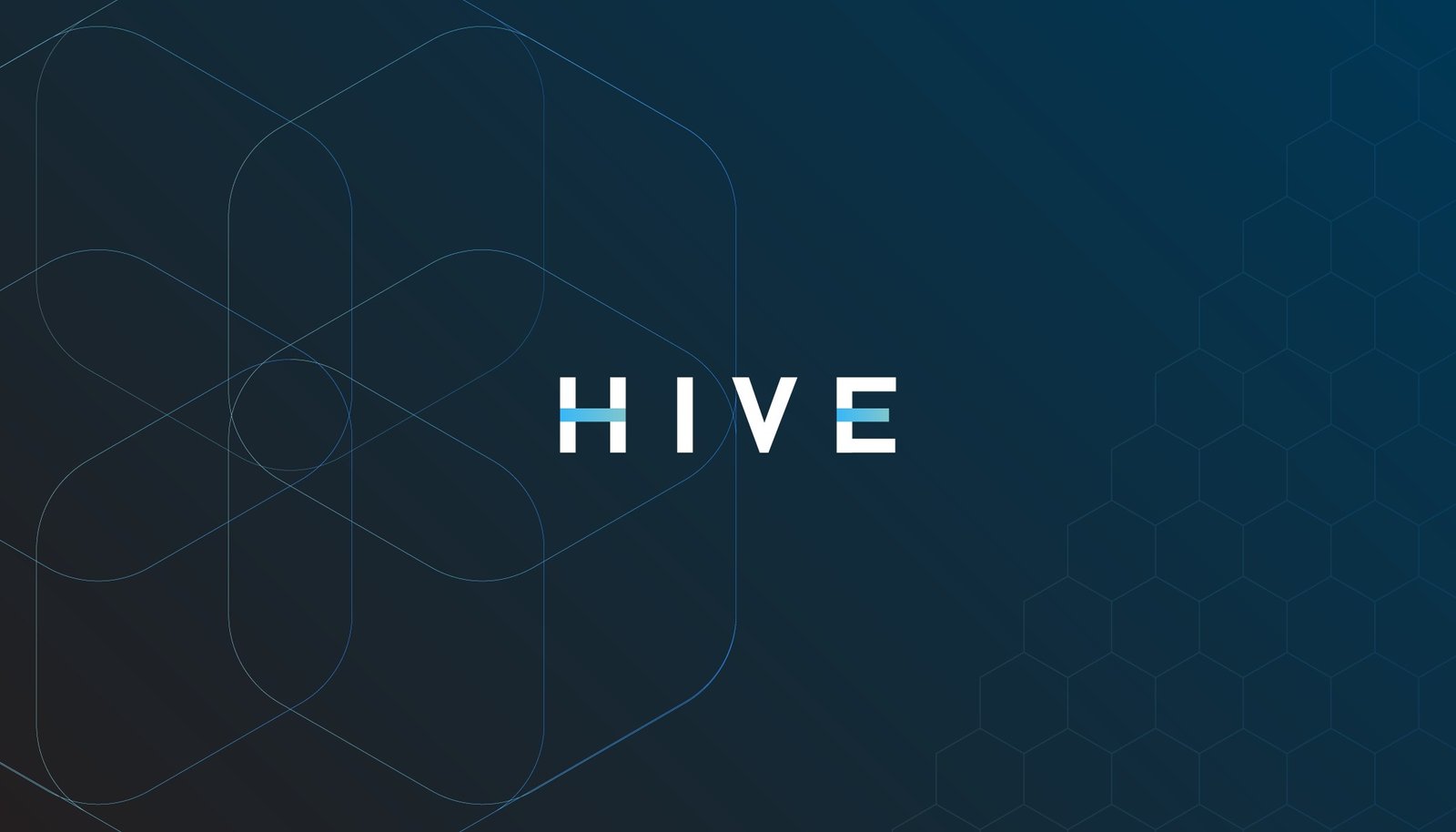As economic signals remain mixed, the Federal Reserve is expected to maintain interest rates despite pressure from former President Trump.
Former President Donald Trump is once again urging the Federal Reserve to slash interest rates, accusing the central bank of being “TOO LATE AND WRONG” in its approach to monetary policy. However, the Fed is widely expected to resist political pressure and hold its benchmark rate steady during its upcoming policy meeting on Wednesday, 7 May.
According to CME Group’s FedWatch tool, there is a 97% probability that the Federal Open Market Committee (FOMC) will maintain interest rates at their current range of 4.25% to 4.5%, unchanged since December 2024. Despite Trump’s insistence that inflation has cooled and rate cuts are warranted, economists and Fed officials appear poised to adopt a wait-and-see approach.
Fed Meeting: What to Expect
The FOMC, the 12-member panel responsible for setting monetary policy, will announce its latest interest rate decision on 7 May at 2 p.m. Eastern Time, followed by a press conference with Chair Jerome Powell at 2:30 p.m.

The Fed’s decision comes amid a backdrop of conflicting economic data. The U.S. economy contracted in the first quarter, while job growth in April exceeded expectations. Meanwhile, Wall Street analysts have increased their estimates of a potential recession, citing the adverse effects of Trump’s trade policies, including a hefty 145% tariff on Chinese imports, which has contributed to higher prices for American consumers.
Despite the economic uncertainty, the Fed has signalled that it prefers to stay the course. Chair Powell recently stated that the central bank has the flexibility to be patient, allowing time to observe how various policies, especially tariffs, play out in the broader economy.
Rate Cuts on Hold – For Now
Although markets are pricing in three potential rate cuts in 2025, beginning as early as summer, a reduction in May is viewed as extremely unlikely. The next Fed meeting is scheduled for 18 June, with a 70% chance of rates remaining unchanged. There is a higher likelihood of a cut during the 30 July meeting, where FedWatch estimates an 80% probability of a rate decrease.

Still, some economists believe the Fed may delay action even further. Ryan Sweet, Chief U.S. Economist at Oxford Economics, forecasts the first cut will occur in December, suggesting the Fed will act more aggressively next year as inflation, driven by tariffs, subsides and the labour market softens.
Goldman Sachs economist Jan Hatzius emphasised that political pressure alone will not influence Fed policy. “Criticism from President Trump will not trigger a Fed policy respond neither an early cut without labour market weakness, nor a refusal to cut once the data justifies it, as long as inflation expectations remain anchored,” he wrote in a recent note.
Why Trump Wants Lower Rates
Trump argues that inflation is no longer a concern and that the current high rates are unnecessary. On his social media platform, Truth Social, he claimed that grocery prices, eggs, and petrol have all dropped significantly, citing $1.98 per gallon petrol prices.
However, the facts tell a different story. While gas prices have fallen 10% over the past year, groceries have increased by 0.5% in two of the past three months and are up 2.4% from a year ago. The national average for petrol remains at $3.18 per gallon, according to AAA.
What This Means for Consumers
For consumers, the Fed’s decision means borrowing costs will remain elevated in the near term. Interest rates on credit cards, auto loans, and personal loans are unlikely to fall anytime soon. In fact, analysts warn that credit card rates may inch higher over the coming months as banks grow increasingly cautious.
“There’s just so much uncertainty in the economy now,” said Matt Schulz, Chief Consumer Finance Analyst at LendingTree. “Americans are going to have to wait at least a little longer for the Fed to cut rates.”
Schulz advises borrowers to compare lenders for better deals and consider transferring high-interest credit card balances to 0% introductory rate cards to save money in the interim.
In short, while Trump may be eager for rate cuts to boost economic sentiment, the Fed appears set to hold firm until the data clearly supports a shift in policy.



















































